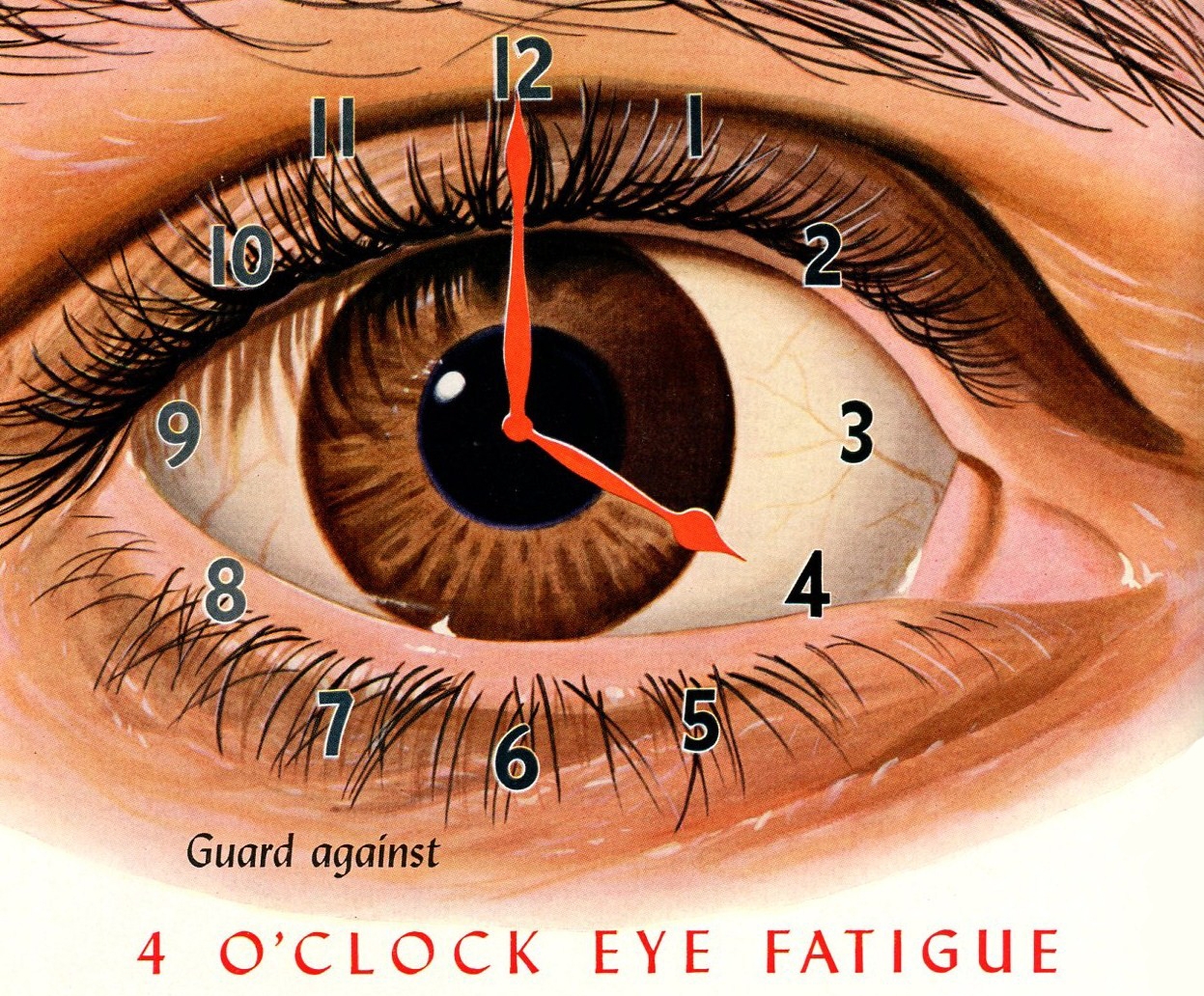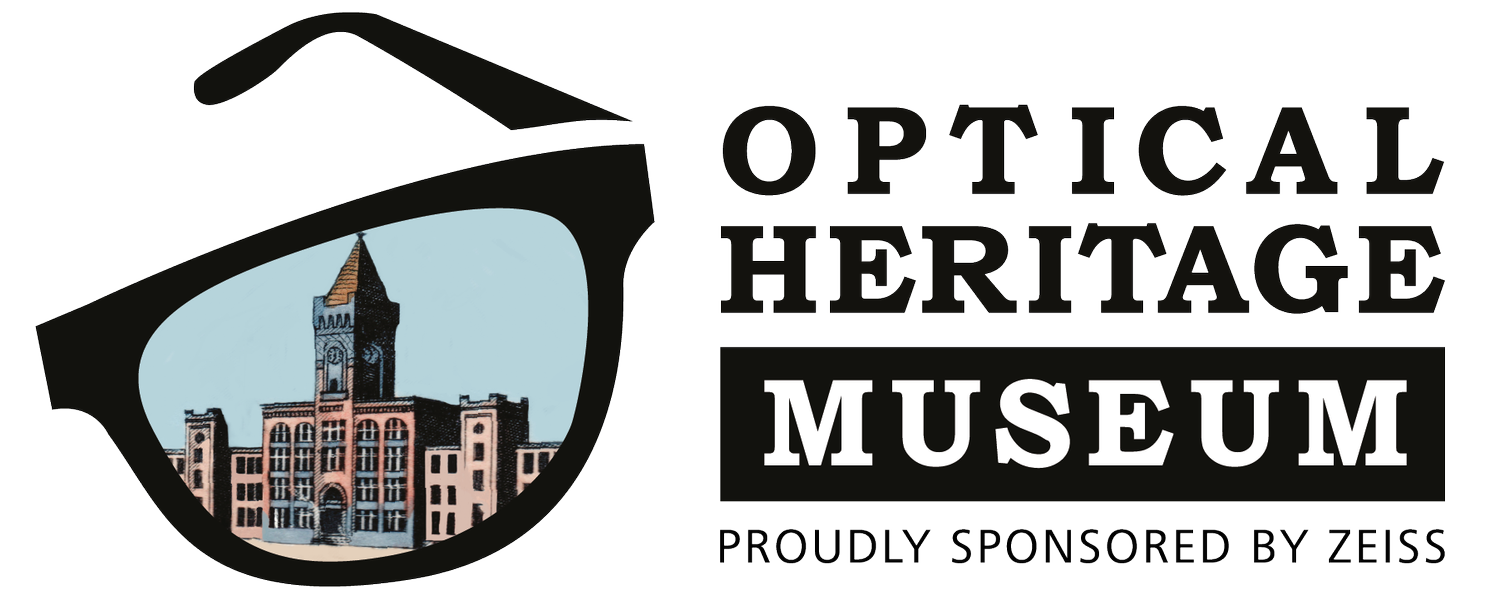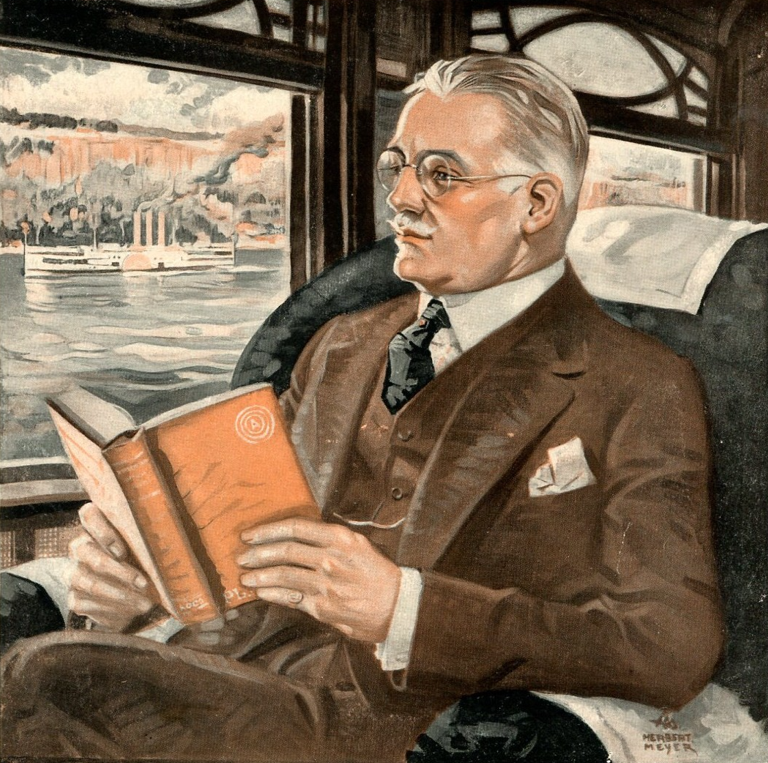
Eyestrain
Understanding the painful history of eye fatigue
THE LONG, PAINFUL HISTORY OF EYESTRAIN
It’s a hidden epidemic. Around 70% of adults experience symptoms of eye fatigue while using digital devices. But tired, aching eyes are much older than the Internet — in fact, they have been giving us trouble since the dawn of human society.
By Ted Gioia.
Even in ancient times, people sought relief from eyestrain. Indian yogis taught followers how to relax the eyes by palming — cupping both hands over the eyes for periods of meditation. The technique aimed to improve the “inner gaze” of the religious adept, as well as add to the comfort of everyday vision.
The ancient Greeks mixed cabbage juice and honey to create a soothing balm for the eyes. An Egyptian papyrus from 1550 BC tells people to put the bile from a turtle in both eyes. The ancient Daoist tradition, Chuang-tzu went so far as to promise followers that they could learn to gaze all day without eyestrain.
But technology has created additional eyestrain problems with each new wave of advances. Millennials spend around half their waking lives staring into screens — and its no surprise that most of them report symptoms of digital eyestrain. Yet few are aware of growing evidence that blue light from these screens may contribute to longterm vision problems, including macular degeneration and cataracts.
The “long, painful history of eyestrain” can now be traced in newly-released images and documents from the Optical Heritage Museum in Southbridge, Massachusetts. These materials come from the archives of American Optical, now part of ZEISS Vision Care, a company that led the US eyewear industry during much of the 19th and 20th centuries.
As the labor force shifted from agriculture to indoor employment, American Optical developed vision technologies to address “four o’clock eye fatigue.” The company’s Tillyer lenses were the most important eyesight correction innovation of the 1930s, drawing on advanced mathematics to optimize vision in all parts of the lens.
To help promote the Tillyer lens, AO engaged the services of the most famous American illustrator of the 20th century, Norman Rockwell. The company eventually commissioned six works from Rockwell for use in advertisements that both raised consumer awareness and promoted sales of premium eyewear.
These illustrations are now considered as major works by the artist — one of the AO paintings recently sold at auction by Sotheby’s for $1.3 million. But few of Rockwell’s admirers know that these striking images also played a part in the history of American vision care.
In subsequent years, other technology innovations brought with them new risks to eye health. The fluorescent lights that first started showing up in workplaces in the 1930s caused headaches, squinting and eyestrain. Fluorescent lights also emit UV, and even an exposure of an hour per day can exceed recommended levels.
At a point when most people were unaware of this risk, American Optical developed lens treatments to block UV, and launched publicity campaigns to educate workers on the risks to their eye health.
The US government added to eye fatigue with its 1943 program to reduce publishers’ use of paper by 10%. Many newspapers and periodicals responded by using smaller fonts. American Optical again played a key role in the campaign —both alerting eyecare professionals and offering the best available technologies to reduce the burden on the public’s vision.
Norman Rockwell’s painting, featured in this advertisement for American Optical, sold for $1.3 million in 2014
Treating “4 O’Clock Eye Fatigue” (Advertisement from 1944)
“These same eye fatigue problems are just as pressing today,” comments ZEISS Vision Care vice president Karen Roberts. “In fact, they are even more pervasive nowadays, with the rise of computers, smartphones and tablets.”
Recent research has documented the special dangers of the light at the blue end of the color spectrum. Blue light comes from many sources, including the sun and fluorescent lighting, but the LED screens of our smartphones, computers and flatscreen TVs emit extreme amounts of blue light. A growing body of clinical evidence links this light to headaches, fatigue, eyestrain, and a range of physical disorders, from diabetes to macular degeneration.
“People can avoid these risks by taking a few simple steps,” remarks Roberts. “The easiest solutions are to get a second pair of glasses for use with computers and digital devices, and have a blue-blocking treatment on their lenses, for example our DuraVision coating. These steps reduce eyestrain and the optical risks raised by our high tech lifestyles.”
She adds that bringing vintage advertisements and images out of the archives is “more than just sharing history, but also can raise awareness of important eye health issues of our own times.”
Read what The Vision Council have to say on Digital Eye Strain
Relaxation
Keeping your eyes fresh and on the move
UV
How professionals “saw the light”
You might also like…



